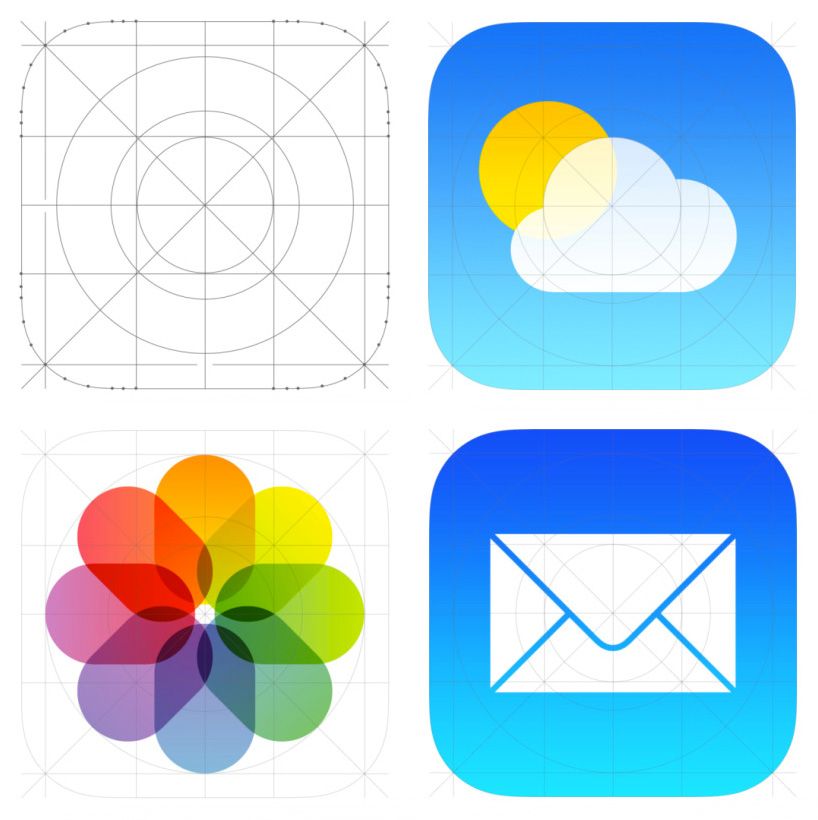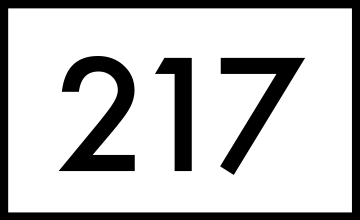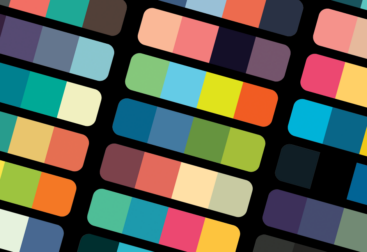When it comes to design, icons and illustrations are like the silent storytellers, conveying messages, emotions, and information through images. Icons and illustrations are indispensable elements in design, serving a wide range of purposes, from enhancing user interfaces to communicating complex ideas. They hold the power to simplify, engage, and connect with the audience in ways that words alone cannot.
A simple symbol can communicate entire paragraphs! One icon can tell you where you can breastfeed an infant, power up a device, download a document, or exit a building. From handicap parking spots to emojis, we recognize and utilize icons every day.

1. Icons: The Language of Simplification
Icons are the champions of simplicity. They distill complex ideas, actions, or concepts into small, easily recognizable symbols. They’re your digital shorthand, guiding users and providing intuitive navigation in user interfaces and apps.
Principles for Icon Design:
- Clarity: Icons should be instantly recognizable and unambiguous in their meaning.
- Consistency: Maintain a consistent style, size, and visual language across all icons.
- Simplicity: Keep icons clean and minimal, avoiding unnecessary details.
- Legibility: Ensure that icons are readable and visually appealing at various sizes.
2. Illustrations: The Art of Expression
Illustrations, on the other hand, are the storytellers. They breathe life into ideas, concepts, and narratives. Whether they’re whimsical, informative, or emotive, illustrations add depth and personality to your designs.
Principles for Illustration Design:
- Relevance: Ensure that illustrations relate to the content or message they accompany.
- Consistency: Maintain a cohesive visual style that aligns with your brand or design language.
- Emotion: Use color, shapes, and expressions to convey emotions and create a connection with the audience.
- Detail: Balance simplicity with detail, providing enough information for the intended message.
Tools of the Trade
To excel in icon and illustration design, you’ll need the right set of tools. Here are some popular choices:
- Adobe Illustrator: My favorite for all things illustration, Illustrator is a vector-based design tool, perfect for creating scalable icons and illustrations.
- Procreate: Ideal for digital illustration, Procreate offers a wide range of brushes and tools for illustrators. I personally use this more for logos and custom typography, but it’s a very powerful tool.
- Sketch: I don’t use Sketch, but it is known for its user interface design capabilities. It’s also great for creating vector-based icons.
- Figma: A collaborative design tool that allows teams to create and edit icons and illustrations in real-time. Yes, really!
Examples of Icon and Illustration Mastery
Apple’s Icon Design: Apple’s icons are a paragon of simplicity and clarity. Their consistent style and recognizable symbols are a testament to the power of effective icon design.

Notion’s Illustrations: In addition to a wide-range of customizable icons, Notion employs delightful, character-driven illustrations that bring a playful touch to their branding and user experience, making it more approachable.

The Creative Process
Icon and illustration design is a creative journey. Here are some steps to guide you along the way:
- Research: Understand the context, audience, and purpose of your icons or illustrations.
- Sketch: Start with rough sketches to explore ideas and compositions.
- Refine: Refine your designs, focusing on details, style, and visual language.
- Digitalize: Transfer your sketches into digital formats using design software.
- Iterate: Don’t be afraid to make changes and refinements based on feedback and your own observations.
Here are some icons and illustrations I created for a recent project. The look and feel needed to help a government agency & project feel approachable and relatable to community members. Instead of starting with sketches, we started with a stock image the client liked. I redrew and recolored the characters, then drew some new illustrations to match the style.

Mastering the Visual Language
Mastering the art of icon and illustration design is about uniting the power of simplicity and creative expression. Whether you’re creating icons that guide users through an interface or illustrations that tell compelling stories, you’re a visual communicator, conveying messages without words.
So, as you embark on your design journeys, remember that icons and illustrations are more than just visuals; they’re the language of design that speaks volumes.




